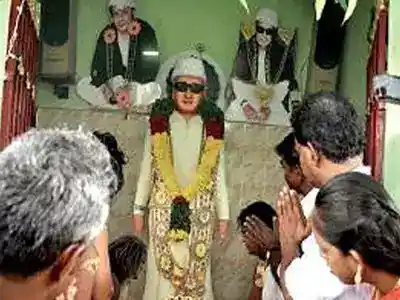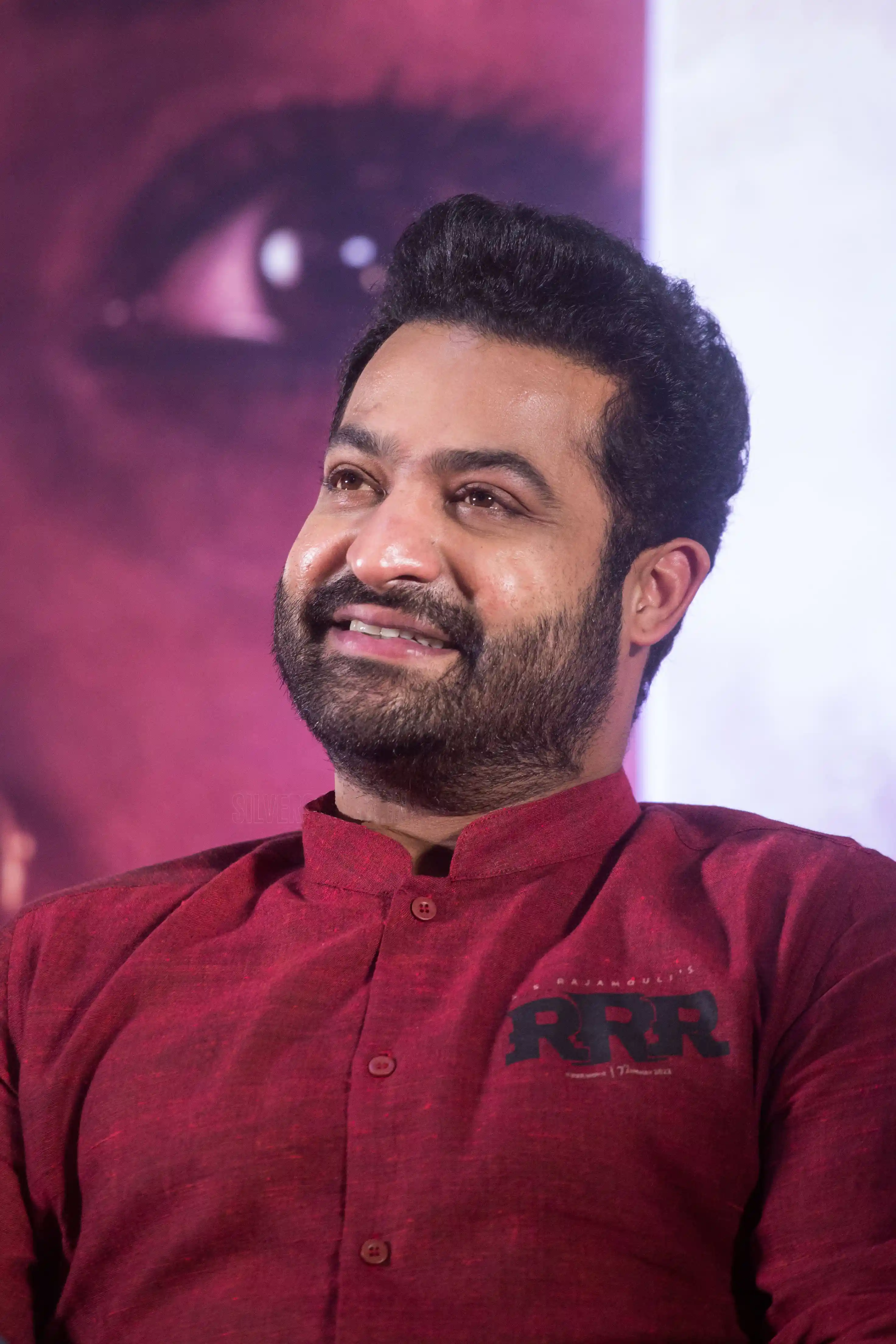Making God out of Heroes
We today see many actors of the South Indian Industry being worshipped, let’s dig deeper into the historical justification of worshipping mortals and how it has continued in the modern era of South India Cinema.

Devotees offering prayer to MGR in his temple, source: TOI
The culture of heroism in South Indian Cinema is not a new phenomenon. The heroism that we see today in the cinematic culture of South India, where heroes are worshipped as gods and have temples erected, has derived from the existing custom of worshipping images of gods and goddesses as a part of ancient and early medieval culture.
P Panbu Selvan and D Brindha note that the custom of Shaivism and Vaishnavism where the patron also worshiped spirit worship of ancestors has paved the way to honoring the mortals. Furthermore, the tradition of the great men’s nadukal (hero stone) has persisted and adapted in the modern way to accommodate the heroes of cinema.
The film stars’ roles in the movie inspire the audience so much that the audience cannot differentiate between the real and the reel hero. Thus, in this case, it is true that “cinematic charisma has opened gates for reel heroes to be considered as real heroes.”
Regarding the Tamil film Industry, film star MG Ramachandran’s (MGR) role from the films was interpreted as his true personality. He was seen as ‘one among the people’ and the ‘incarnation of goodness’ or the ‘poor man’s avatar.’ MGR was also able to use this opportunity to become a people’s man who was there to uplift the lives of those in need.
The one who understood the values and virtues of the Tamils. In the wake of such realization, soon after the death of CN Annadurai, MGR formed his political party.
Following the trend, even NT Rama Rao (NTR), the star of the Andhra Pradesh film industry, began his political party with the plan of protecting the linguistic community he belonged from.
Though Karnataka star Rajkumar did not enter politics, he nevertheless remains the symbol of upholding the Kannada culture and linguistic identity. Thus, heroism is appreciated and accepted beyond the screen.
Therefore, the role of the hero is not restricted to the cinema halls or theatres but is carried out in real life. The heroes and their roles become part of society and are revered for their roles. The more proximity the function can draw with the ordinary people, the more the hero is revered. Eventually, the people idolize him for his role as a savior from being one among the people.
On digging deeper, it can be seen that South Indian Cinema draws heavily from mythology. Given South India’s history, it is safe to assume that people are iconophiles.
Thus, they turn the characters into sculptures, paintings, images, or any form that enables them to worship. When it comes to movies, seeing an actor play a savior’s character, especially in a mythological setting, further encourages the iconophiles to form a cult of hero-worship.

NTR, source: WikiMedia


